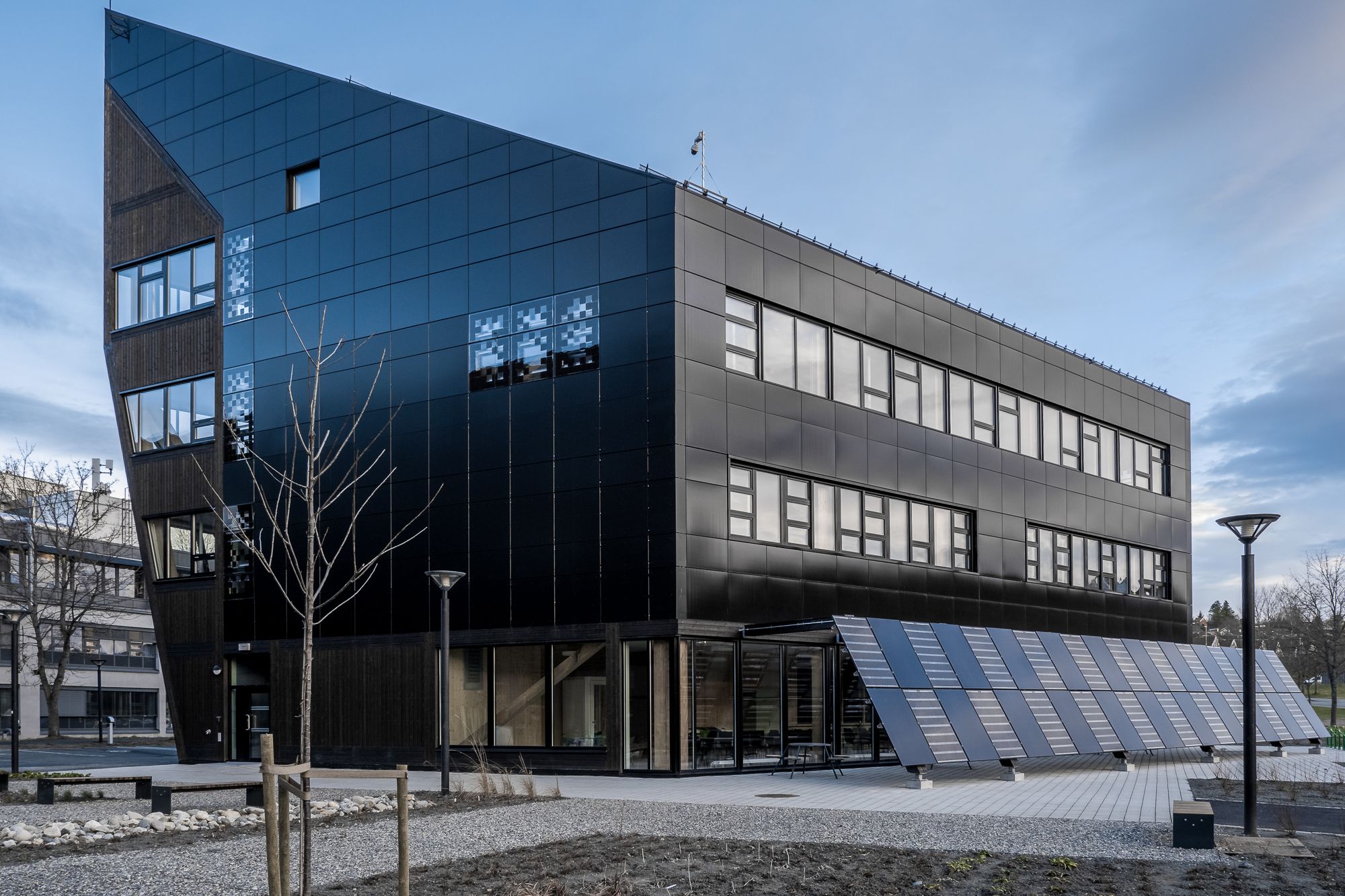How carbon-intensive industries can scale up CO2 recycling
New technologies that capture and recycle carbon dioxide from industrial processes such as steel and cement making will be vital if the EU is to meet its goal of slashing greenhouse gas emissions by at least 55% by 2030 and down to zero by 2050. However, while solutions are emerging, more work is needed in … Read more






